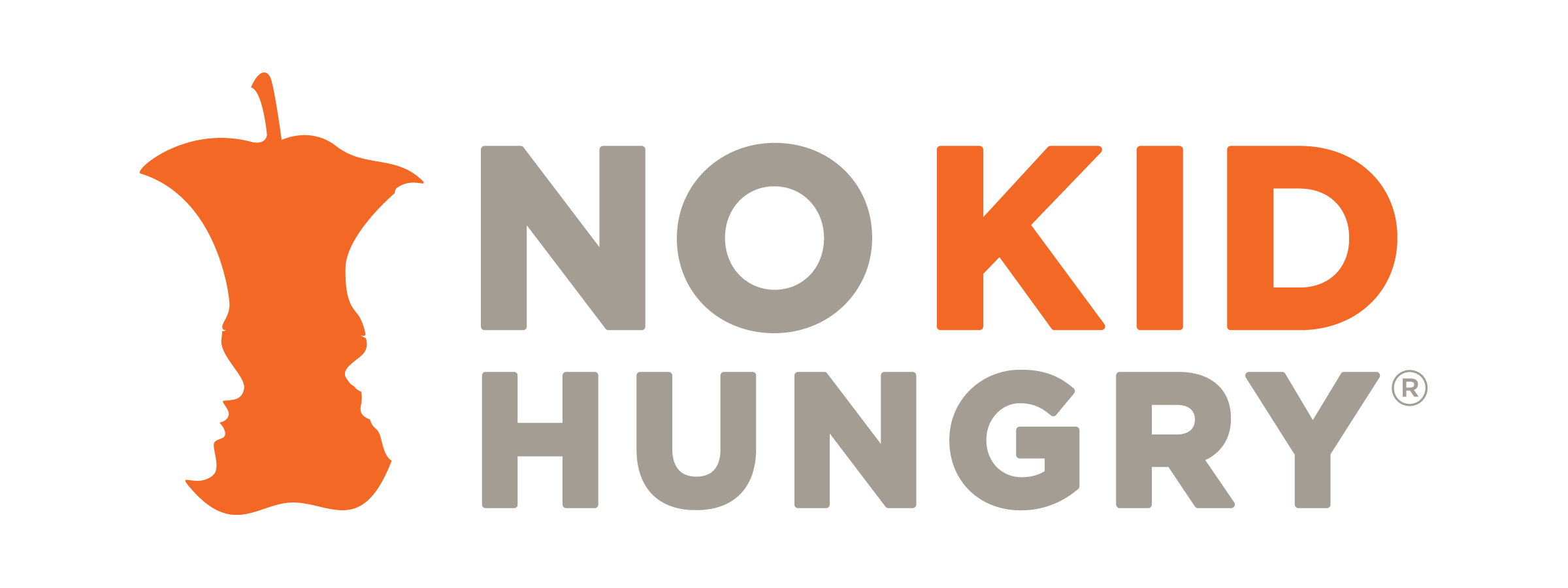

Welcome to our new blog series, No Kid Hungry New York SNAP Spotlights! We’ll be speaking to our grantees across the state learning about the ways they’re increasing SNAP access and supporting families. This month, we heard from Rebecca Garofano, School Dietician at Syracuse City School District. Syracuse City Schools serves 20,000 students in over thirty primary and secondary school buildings.
Can you share how your school or district has been working to increase awareness about SNAP among students and families?
To increase awareness for SNAP, the Syracuse City School District (SCSD) has pursued three different avenues:
- Strengthening our relationship with local NOEP Coordinators at the Food Bank of Central New York. As this relationship has grown, schools have increasingly included this resource at school events. The presence of these coordinators advertises their support services within the community and within school buildings, so staff are more aware and able to make referrals.
- Direct outreach to all potentially eligible families. Eligibility is identified through the school meal household income form. Any income qualified family that is not directly certified (receiving SNAP or Medicaid, as identified by the state). Department staff reach out by phone and offer a referral to a NOEP Coordinator, who then contacts the family by text to set up an appointment for screening.
- Integrating referrals into our food security programming, registration, and support for New Americans. This involves coordination across departments, specifically Food and Nutrition Services, student support (Social Workers), the English as a New Language Department, and the Office of Family Engagement. Any staff in these departments can complete a brief form that automates a referral process.
What challenges have you encountered in helping families enroll in SNAP, and how has your school addressed them?
Many families that income qualify may have been denied SNAP in the past and so they are hesitant to check their eligibility status again. We provide up-to-date eligibility criteria to help them determine if they might consider a referral. Another barrier is language, though we try to address that through translated materials where possible (including the household income form), as well as involving SCSD Nationality Workers whenever appropriate.
How has the SNAP in Schools grant from No Kid Hungry impacted your ability to support families? Can you share any specific outcomes or success stories?
This grant has helped us examine our district household income data as a path to SNAP access. As an School Food Authority, we recognize that this data is a powerful tool and that by connecting the dots across departments within the school district and within the community between the district and the Food Bank of Central New York, we can build an onramp that can support families with food access. It’s allowed us to build sustainable processes that will be implemented going forward, and will hopefully contribute to ongoing conversations within our community about how we can collaborate together and address “upstream” issues that impact students on a day-to-day basis, such as nutrition security and housing stability.
Have you seen a noticeable difference in student well-being or academic performance as a result of more families accessing SNAP benefits?
We know that individual families have been very appreciative, and that SCSD staff in different departments have been grateful to know how to connect with these community services to support families when appropriate.
What role have school staff, such as teachers and counselors, played in SNAP outreach efforts within your school community?
Key partners have been school social workers and counselors. We do make teachers aware as well – and perhaps over time we can continue to think about how to build a robust referral process across all departments within the district (both for SNAP and other community services such as medical care, housing, etc). The SCSD Food & Nutrition Services Department has a “Need Food Assistance” form on our website. When families complete this form, they are automatically signed up for weekend food packs, possibly for larger meal kits over school breaks, and offered a NOEP referral. Any SCSD staff member can make families aware of this process, or help them complete the form. These outreach efforts are then complimented and strengthened by our department’s targeted outreach to families based on the household income form.
What unique or innovative approaches has your school taken to make SNAP enrollment easier or more accessible for families?
The targeted outreach from the household income form has been a great success, and we have learned a lot from the process. This outreach has gone over very well with families who are offered it, and has helped us direct our efforts in a more precise and individualized manner.

